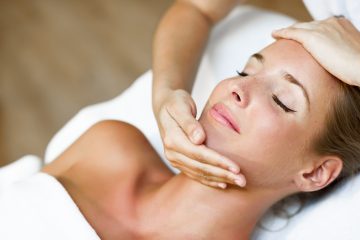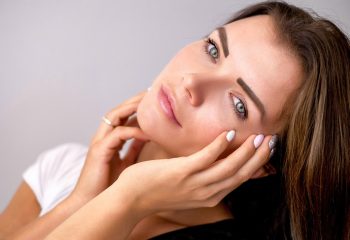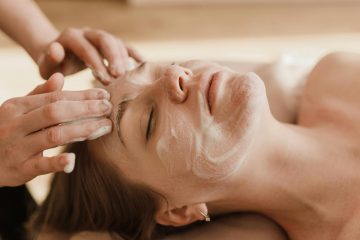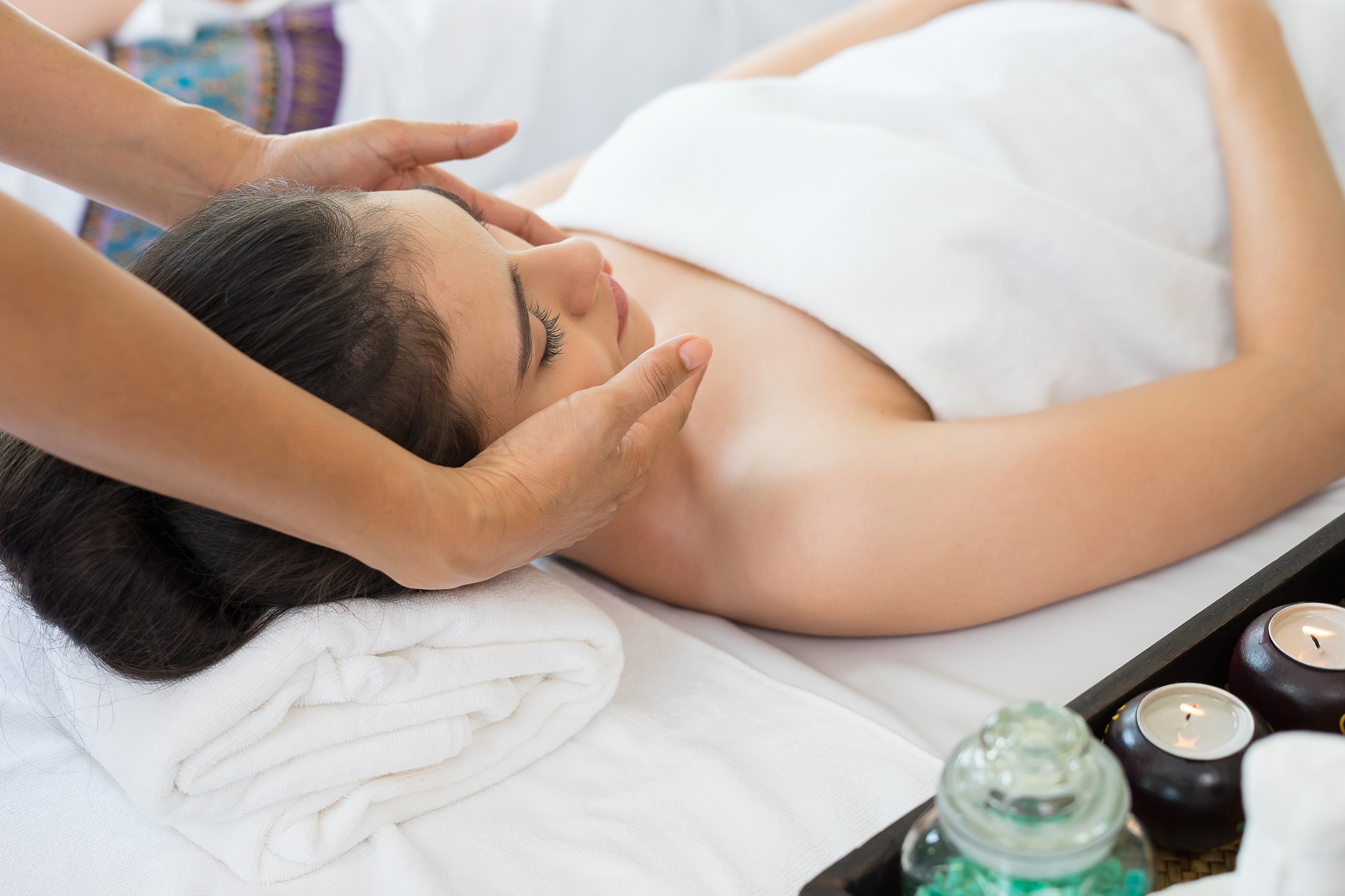What is facial physiotherapy?
Welcome to the world of facial physiotherapy, a unique and innovative approach to skincare and anti-aging. Facial physiotherapy is a specialized field that combines the principles of physiotherapy with the science of dermatology to address a wide range of skin concerns. Unlike traditional skincare treatments that focus solely on the surface of the skin, facial physiotherapy takes a holistic approach, targeting the underlying muscles, circulation, and lymphatic system of the face.
At the heart of facial physiotherapy lies the understanding that the health and appearance of our skin are deeply interconnected with the overall function of our facial structures. By addressing the underlying causes of skin issues, facial physiotherapy aims to promote long-lasting, natural results that go beyond merely masking the symptoms. This approach empowers individuals to take an active role in their skin health, harnessing the body’s own regenerative abilities to achieve a more youthful, radiant complexion.
Whether you’re looking to address specific skin concerns, such as fine lines, wrinkles, or sagging, or simply maintain a healthy, glowing complexion, facial physiotherapy offers a non-invasive, holistic solution. By understanding the unique needs and characteristics of each individual’s skin, facial physiotherapy practitioners can develop customized treatment plans that target the root causes of skin issues, leading to transformative results.

How facial physiotherapy improves skin health
At the core of facial physiotherapy is the belief that the health and appearance of our skin are inextricably linked to the function of the underlying facial muscles, circulation, and lymphatic system. By addressing these deeper layers, facial physiotherapy can bring about a multitude of benefits for overall skin health.
One of the primary ways facial physiotherapy improves skin health is by stimulating the production of collagen, a crucial structural protein that gives our skin its youthful, plump appearance. As we age, collagen production naturally declines, leading to the formation of fine lines, wrinkles, and sagging skin. Facial physiotherapy techniques, such as massage and targeted exercises, can help to activate the fibroblasts responsible for collagen synthesis, resulting in a firmer, suppler complexion.
In addition to boosting collagen production, facial physiotherapy also plays a vital role in improving skin circulation and lymphatic drainage. By promoting the flow of blood and lymph throughout the face, this specialized therapy can help to deliver essential nutrients and oxygen to the skin, while also flushing out toxins and waste products. This improved circulation not only nourishes the skin but also helps to reduce puffiness, inflammation, and the appearance of dark circles or discoloration.
The benefits of facial physiotherapy for anti-aging

As we age, the natural processes that once kept our skin youthful and radiant begin to slow down, leading to the visible signs of aging. Facial physiotherapy offers a remarkable solution to combat these age-related changes, providing a natural and effective approach to anti-aging.
One of the key benefits of facial physiotherapy for anti-aging is its ability to target the underlying causes of wrinkles and fine lines. This specialized therapy can help to reduce the appearance of dynamic wrinkles, caused by repeated facial expressions and muscle contractions, by working with the facial muscles. Through targeted exercises and massage techniques, facial physiotherapy can help to relax and retrain these muscles, minimizing the formation of wrinkles and creating a more youthful, smooth appearance.
In addition to addressing dynamic wrinkles, facial physiotherapy can also help to combat the effects of gravity on the skin. As we age, the natural elasticity of the skin begins to diminish, leading to sagging and a loss of facial contours. By stimulating the lymphatic system and improving circulation, facial physiotherapy can help to tighten and lift the skin, restoring a more youthful, defined facial structure. This can be particularly beneficial for addressing issues such as jowls, drooping eyelids, and a loss of volume in the cheeks.
Facial physiotherapy techniques and exercises
Facial physiotherapy encompasses a wide range of techniques and exercises designed to target the specific needs and concerns of each individual’s skin. From gentle massage to targeted muscle activation, these specialized approaches work together to promote overall skin health and address the signs of aging.
One of the foundational techniques in facial physiotherapy is manual lymphatic drainage. This gentle, rhythmic massage helps to stimulate the flow of lymph, which is responsible for removing waste and toxins from the body. By improving lymphatic drainage, facial physiotherapy can help to reduce puffiness, inflammation, and the appearance of dark circles or discoloration. Additionally, this technique can help to boost circulation, delivering essential nutrients and oxygen to the skin for a more radiant, healthy glow.

Another key aspect of facial physiotherapy is the use of targeted exercises to activate and strengthen the facial muscles. These exercises, often referred to as “facial yoga,” involve a series of gentle movements and contractions that help to tone and lift the skin. By working with the underlying musculature, these exercises can help to reduce the appearance of wrinkles, improve facial contours, and even enhance the natural shape of the face.
Facial physiotherapy tools and equipment
Facial physiotherapy goes beyond just manual techniques, incorporating a variety of specialized tools and equipment to enhance the effectiveness of the treatments. These tools not only aid in the delivery of the therapy but also provide a more personalized and targeted approach to skincare.
One of the most common tools used in facial physiotherapy is the gua sha tool, a flat, jade or stone instrument that is gently glided over the skin. This technique, known as gua sha, helps to stimulate the lymphatic system, improve circulation, and promote the release of muscle tension. By using the gua sha tool in a specific, guided manner, practitioners can target specific areas of concern, such as the jawline, cheeks, or forehead, to address issues like puffiness, sagging, and wrinkles.
Another popular tool in facial physiotherapy is the microcurrent device, which uses low-level electrical currents to stimulate the facial muscles and promote collagen production. This non-invasive technology can help to tighten and lift the skin, while also reducing the appearance of fine lines and wrinkles. Microcurrent therapy is often used in conjunction with other facial physiotherapy techniques, providing a comprehensive approach to skin rejuvenation.
Facial physiotherapy vs. other skin treatments
While traditional skincare treatments and cosmetic procedures can offer temporary solutions for addressing the signs of aging, facial physiotherapy stands out as a unique and holistic approach to skin health and rejuvenation. Unlike invasive treatments or harsh chemical products, facial physiotherapy harnesses the body’s own natural healing processes to achieve long-lasting, natural results.

One of the key differences between facial physiotherapy and other skin treatments is the focus on the underlying causes of skin issues, rather than just the surface-level symptoms. By addressing the deeper layers of the skin, facial physiotherapy can help to address the root causes of concerns such as wrinkles, sagging, and discoloration, leading to more sustainable improvements. This holistic approach not only enhances the appearance of the skin but also promotes overall skin health and vitality.
Another advantage of facial physiotherapy is its non-invasive nature. Unlike surgical procedures or injectables, facial physiotherapy relies on gentle, natural techniques that do not carry the same risks or recovery time. This makes it an appealing option for those who prefer a more natural, gradual approach to anti-aging or who may be hesitant about more invasive treatments. Additionally, facial physiotherapy can be tailored to the individual’s specific needs and skin type, ensuring a personalized and effective treatment plan.
Choosing a facial physiotherapy practitioner
When it comes to facial physiotherapy, finding the right practitioner is crucial to achieving the best possible results. These specialized professionals not only have a deep understanding of the anatomy and physiology of the face but also possess the skills and expertise to deliver effective, customized treatments.
One of the key factors to consider when choosing a facial physiotherapy practitioner is their level of training and experience. Look for practitioners who have undergone extensive education and certification in the field of facial physiotherapy, ensuring that they have the necessary knowledge and skills to address a wide range of skin concerns. Additionally, inquire about their specific areas of expertise, as some practitioners may specialize in certain techniques or focus on particular skin issues.
Another important consideration is the practitioner’s approach to treatment. Effective facial physiotherapy requires a personalized, holistic approach that takes into account the individual’s unique skin type, concerns, and overall health. Look for practitioners who take the time to thoroughly assess your skin and lifestyle, and who work with you to develop a customized treatment plan that addresses your specific needs.
Facial physiotherapy myths debunked
As with any emerging field, facial physiotherapy has been subject to a variety of myths and misconceptions that can sometimes deter individuals from exploring this innovative approach to skincare. It’s important to separate fact from fiction to fully understand the benefits and potential of this specialized therapy.

One common myth is that facial physiotherapy is only for those with specific skin concerns or signs of aging. In reality, this holistic therapy can benefit individuals of all ages and skin types, whether they’re looking to address specific issues or simply maintain a healthy, glowing complexion. By targeting the underlying causes of skin health, facial physiotherapy can help to prevent the early signs of aging and promote overall skin vitality.
Another myth is that facial physiotherapy is a painful or uncomfortable experience. While some techniques, such as facial massage, may involve a certain level of pressure or sensation, the overall experience is designed to be gentle and relaxing. Experienced practitioners will work closely with you to ensure that the treatment is tailored to your comfort level and preferences, making it a pleasant and rejuvenating experience.
Conclusion
As the world of skincare continues to evolve, the role of facial physiotherapy in promoting overall skin health and combating the signs of aging is becoming increasingly recognized. This innovative, holistic approach to skincare offers a unique and effective solution for those seeking a natural, long-lasting way to enhance their complexion and maintain a youthful, radiant appearance.
Through the integration of physiotherapy principles and the latest advancements in dermatological science, facial physiotherapy is poised to become a game-changer in the world of skincare. As more individuals discover the transformative benefits of this specialized therapy, the demand for qualified practitioners and the development of cutting-edge techniques and tools is likely to continue growing.
